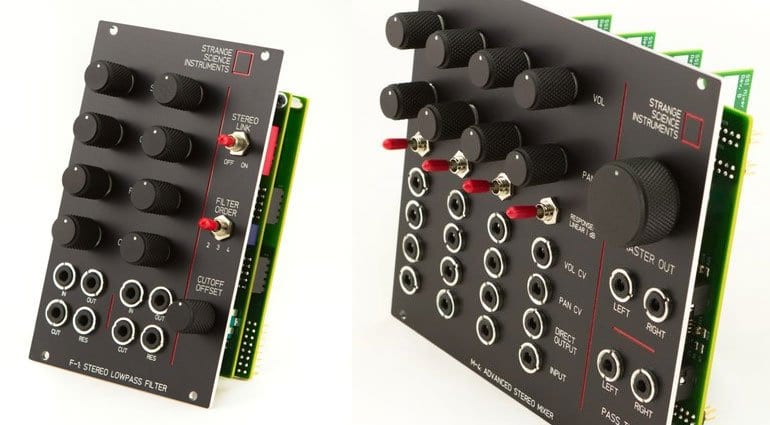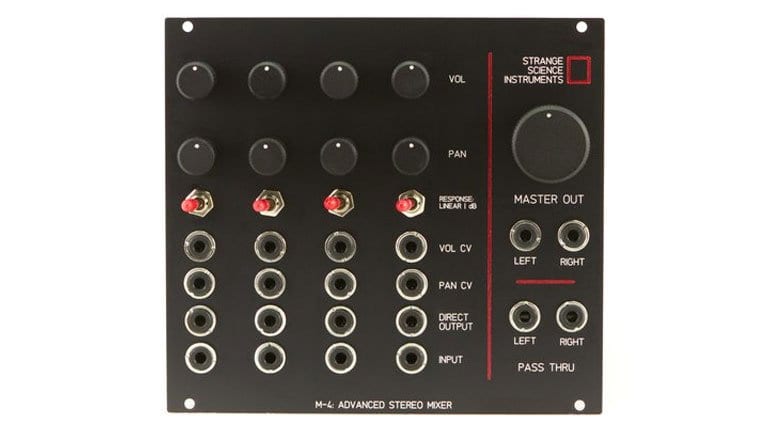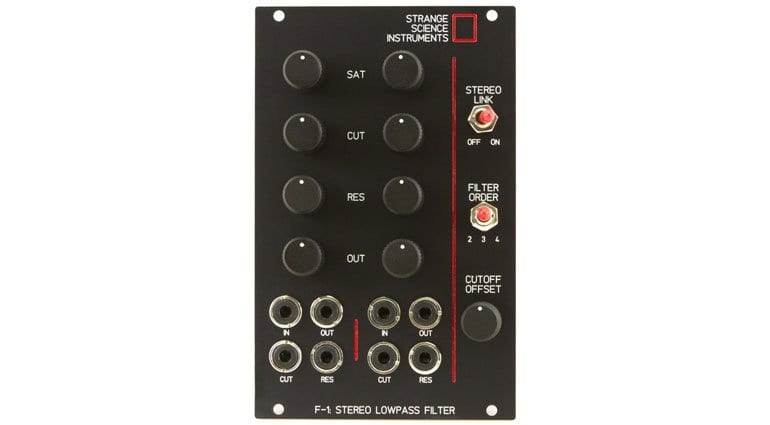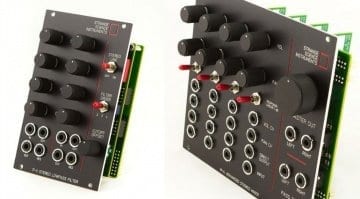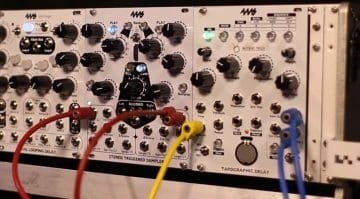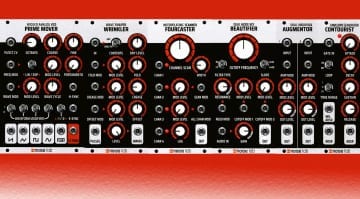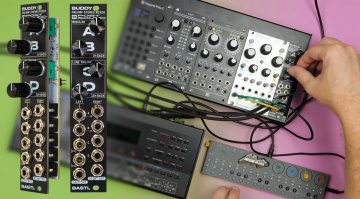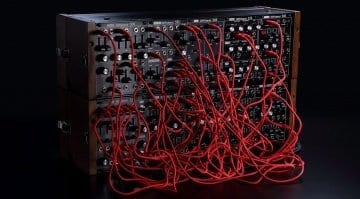Strange Science Instruments release their first modules and how they made them
New Eurorack manufacturers Strange Science Instruments has just released their first two modules. At the same time they’ve posted a video detailing the process of taking an idea and turning it into a real-life module. It’s fascinating viewing and the M4 Stereo Mixer and F1 Stereo Filter aren’t bad either.
Making a module from scratch
So how do you design and make your own Eurorack modules? Well, according to LeoMakes of Strange Science Instruments you need an idea, about 2 years and ideally a brother who’s an electrical engineer. In his engaging and beautifully scored (although oddly acoustic) video, Leo unpacks the steps that they took to go from idea to finished product. There’s no depth here, no nuts and bolts, but rather it’s shining a conceptual light on an interesting process. From breadboards to through-hole, to computer-based PCB design software, prototyping, surface mount soldering and testing. Lots of testing. It’s interesting hearing about the PCB process, from hand soldering to “pick ‘n’ place” component populating machines. This sort of explanation and transparency goes a long way to humanising a company and gives you an idea about their character. That’s something that the Eurorack community does very well and Strange Science Instruments have captured that vibe with their very first modules.
Talking of which they decided that the modular world needs a lot more stereo and so their first modules are both two-channel modules. He asks the question as to why so much of modular is in mono? That’s easy to answer – because it’s so expensive and dealing with a single channel of something is far cheaper than dealing with two… and then there’s the cabling.. and the space and the fact that we would probably do the panning in a mixer outside the modular. So I think there’s plenty of sensible reasons why mono is cool in Eurorack. Regardless Strange Science Instruments decided that for them it was all about stereo – awesome.
You are currently viewing a placeholder content from YouTube. To access the actual content, click the button below. Please note that doing so will share data with third-party providers.
M4 Stereo Mixer
Their first module is a 4 channel stereo mixer with knob and CV control over volume and pan. Each channel has a direct output which takes the signal out again to other modules. It basically turns it into a VCA. One neat feature is the “Pass-Thru” stereo input which allows you to easily daisy-chain up with other mixers or devices. There’s a response switch on each channel to select between a regular linear response or a more detailed “dB” mode.
The M4 is built to the highest specifications, with all the best tools, is “ultra-low noise” and looks pretty darn serious. I’m liking the milled front panel and organised layout. The M4 will cost you $699 once it’s back in stock.
You are currently viewing a placeholder content from YouTube. To access the actual content, click the button below. Please note that doing so will share data with third-party providers.
F1 Stereo Filter
Once you start messing around with stereo then you’ll find there’s a lack of most things in Eurorack. So their next module is a stereo filter that works brilliantly (I imagine) on the outputs of the Stereo Mixer. Although, of course, with individual controls on each side you can use it as a pair of mono filters.
Based upon the Moog ladder filter the F1 Stereo Filter is a low-pass filter with 12, 18 or 24dB slope and temperature compensation for accurate tracking. It has a Saturation knob for dialling in some additional warmth and overdrive. Cutoff and resonance have CV control and a Stereo-Link switch puts all the controls to the left for easy stereo processing. Lastly, there’s a Cutoff Offset to put in a deliberate offset between the two cutoff frequencies.
The F1 Stereo Filter is built with all the same care and specifications as the M4 and looks seriously amazing. It will cost you $449.
You are currently viewing a placeholder content from YouTube. To access the actual content, click the button below. Please note that doing so will share data with third-party providers.
It’s a confident start for a new module company and it will be interesting to see where their journey takes them next.
More information
- Strange Science Instruments webpage.
